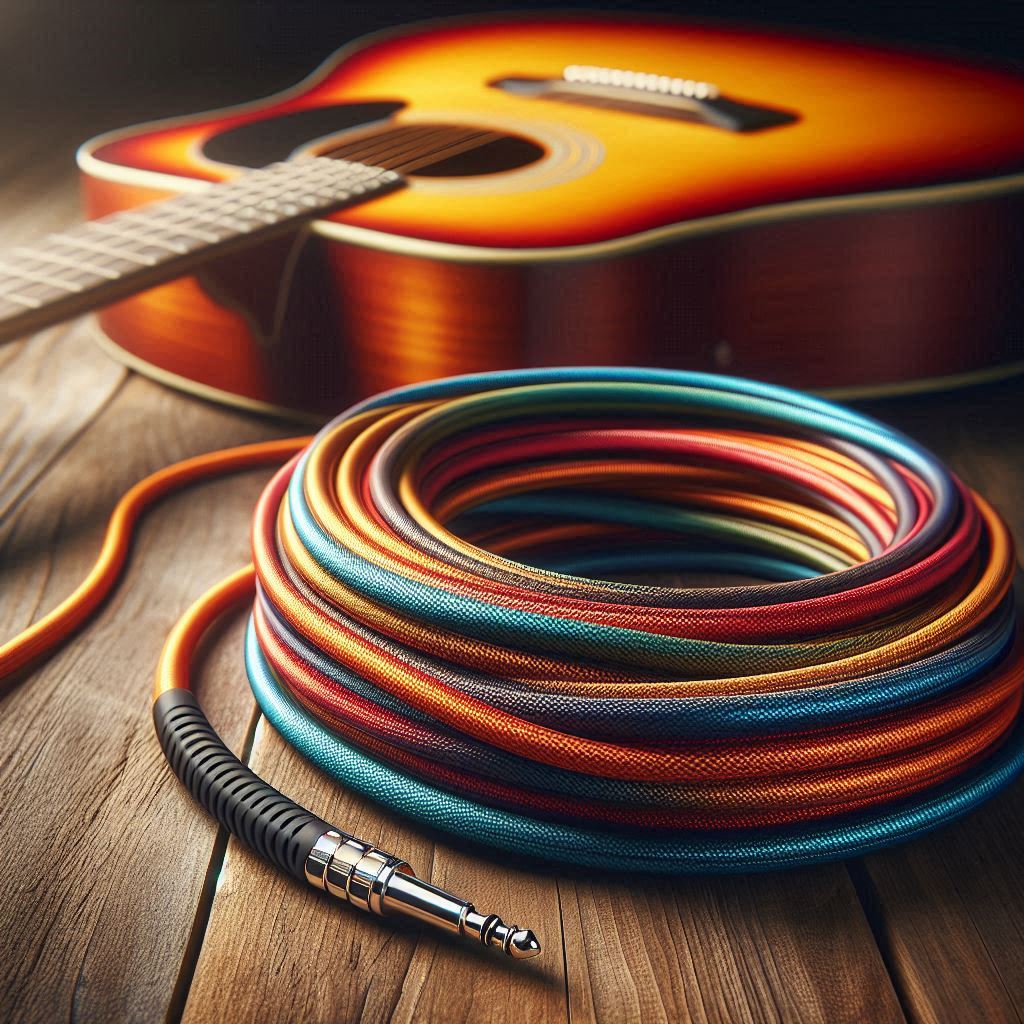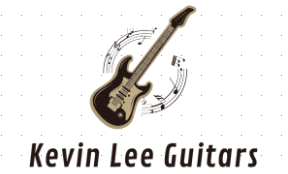Are Expensive Guitar Cables Worth It? The Truth About Premium vs. Budget Cables
Every guitarist faces this dilemma: Should I spend 100+onapremiumcable,orwilla100+onapremiumcable,orwilla20 cable do the job?
With brands like Mogami, Evidence Audio, and Van Damme commanding premium prices, it’s easy to wonder if expensive cables are just hype—or if they actually improve your tone.
In this no-nonsense guide, we’ll break down:
How cables affect your tone (the science behind capacitance & shielding)
Real-world tests: Expensive vs. budget cables
Who actually benefits from premium cables
When a cheap cable is perfectly fine

How Cables Affect Your Tone: The Key Factors
1. Capacitance (The “Tone Killer”)
- Measured in picofarads per foot (pF/ft), capacitance determines how much high-end your cable rolls off.
- Low capacitance (20–50pF/ft): Preserves sparkle and clarity (ideal for clean tones, jazz, and pedals).
- High capacitance (80+ pF/ft): Darkens your tone (can be good for vintage-style warmth).
2. Shielding (Your Noise Gatekeeper)
- Cheap cables often have poor shielding, leading to hum, buzz, and RF interference.
- Dual-shielded cables (braided copper + foil) block noise from lights, phones, and Wi-Fi.
3. Build Quality (Durability Matters)
- Premium cables use Neutrik/Switchcraft connectors, oxygen-free copper, and reinforced strain relief.
- Budget cables often fail at the connectors after a year of gigging.
The Test: Expensive vs. Budget Cables
We compared a 150MogamiGold∗∗toa∗∗150MogamiGold∗∗toa∗∗20 AmazonBasics cable in three scenarios:
1. Studio Recording (Clean Tone)
- Mogami: Transparent, with crisp highs and tight lows.
- Budget cable: Slightly muffled; high-end loss noticeable when stacking tracks.
- Verdict: Worth it – The clarity adds up in a mix.
2. Live Gig (High-Gain Metal)
- Mogami: Marginally tighter low end.
- Budget cable: Slightly mushier, but masked by distortion.
- Verdict: Debatable – High-gain players may not benefit as much.
3. Pedalboard (10+ Pedals)
- Mogami: Maintained clarity across all effects.
- Budget cable: High-end loss compounded with each pedal.
- Verdict: Worth it – Long signal chains reveal cable weaknesses.
Who Should Buy Expensive Cables?
Worth It For:
- Recording musicians – Every nuance matters in the studio.
- Pedalboard users – Long cable runs benefit from low capacitance.
- Jazz/clean players – High-end clarity is critical.
- Touring pros – Reliability is non-negotiable.
Skip It If:
- You only play at home through a practice amp.
- You use heavy distortion/fuzz (which masks subtle differences).
- You’re on a tight budget (pickups/pedals offer more bang-for-buck).
The Sweet Spot: Best Mid-Priced Cables
If Mogami’s price stings, these deliver 90% of the performance for half the cost:
- Van Damme Blue Series (40–40–80) – Tour-tough with great shielding.
- Ernie Ball Flat Ribbon (30–30–50) – Gold connectors, tangle-free.
- Planet Waves American Stage (40–40–60) – Eco-friendly and durable.
Myths vs. Facts About Expensive Cables
Myth: “Expensive cables are a scam.”
Fact: While diminishing returns exist, premium cables objectively preserve more high-end and reduce noise.
Myth: “All cables sound the same.”
Fact: A/B test a $10 cable vs. a Mogami—the difference is audible, especially with clean tones.
Myth: “Wireless eliminates cable tone issues.”
Fact: Wireless systems have their own compression/tonal quirks. Cables still matter.
Final Verdict: Should You Upgrade?
For most players: A single premium cable (guitar-to-pedalboard) is a smart investment. The difference in clarity and noise rejection is real—but only if your rig is resolving enough to reveal it.
For everyone else: A mid-tier cable (Ernie Ball, Van Damme) will serve you fine.
Pro Tip: Borrow a premium cable to test before buying. If you can’t hear/feel a difference, save your cash!
